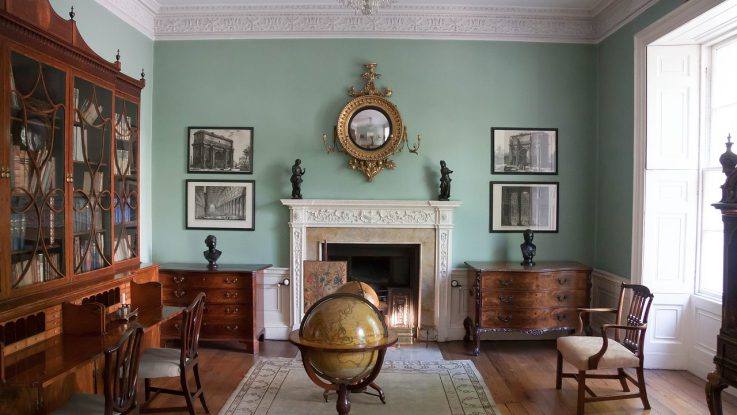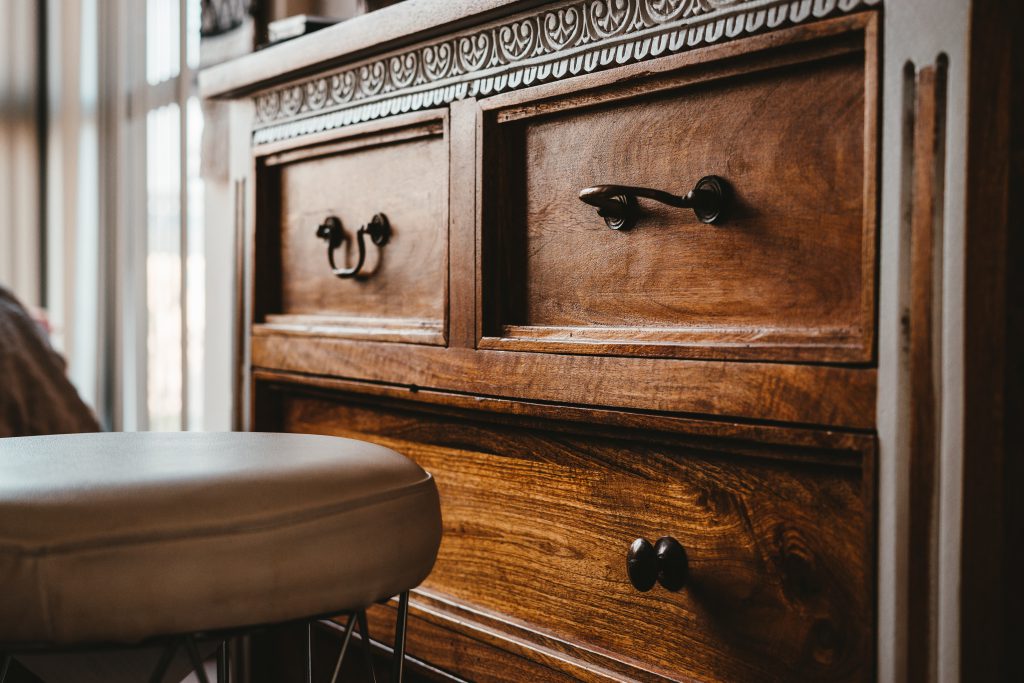
Are you an antique aficionado looking to cash in on your treasures? Or perhaps you inherited some heirloom pieces from your great-grandma and have no idea what to do with them?
Well, fear not because we’re about to show you how to sell antique furniture like a pro. From negotiating prices to packaging for shipping, we’ll cover all the juicy details to help you make a pretty penny from your antique gems.
So, let’s dive into the exciting world of antique selling!
It’s Appraisal Time
Before you sell antiques, you need to know their worth. You don’t have to be an expert to appraise your piece accurately, as you can ask for help from antique dealers and professional appraisers or even do some online investigation yourself.
A professional appraiser is your go-to person for a detailed appraisal report. Appraisal gurus specialize in evaluating antiques and can give you more comprehensive information that includes the value of your piece and relevant historical or cultural context.
But if you choose to appraise your piece alone, you can always use online resources like price guides or databases to get an idea of your piece’s value. Just be aware that these resources may not be 100% accurate, so it’s always best to consult a professional to ensure you get an objective and accurate appraisal.
To determine the value of your piece, you need to consider important factors such as its age, rarity, condition, and historical significance.
Make It Sparkle
It’s time to pamper your antique furniture and make it shine. Cleaning your piece increases its value and makes it far more likely to be sought after by collectors or other antique lovers.
Grab a soft cloth and mild soap, and gently clean your furniture. Show love to every nook and cranny, even the tiny details you may think nobody notices. But beware of harsh chemicals or abrasive materials that can potentially damage the surface.
Call professional cleaners specializing in antique furniture for more delicate pieces that need extra care. Furniture restorers have the skills and tools to restore your piece to its former glory without damaging it. They can even fix structural issues, like a wobbly leg or loose joint, to ensure your furniture is top shape.
Choose a Selling Method

Now that your piece looks its best, it’s time to think about the ways in which you can sell it. Many options are available online, such as an online marketplace, antique dealers, antique shops, auction houses, and classified ads.
The first option is to sell your antique through online marketplaces like eBay or Etsy. Platforms like these let you create listings with photos and descriptions and reach a massive audience of potential buyers from the comfort of your home. It’s like having a virtual yard sale without all the hassle of setting up tables and haggling with neighbors.
If you don’t like online selling, you can sell your antique furniture to a reputable dealer or consignment shop. Typically, these businesses specialize in buying and selling antiques and will cover your marketing and sales costs. However, you may get a lower price than selling your piece online, but it would still be a fair price for your furniture.
If you have a highly valuable piece, consider selling it at an auction house. In other words, you’ll be placing the item in a show where serious buyers come to bid on your rare or unique antiques. Selling it at an auction is unpredictable, but you can set your minimum price. Moreover, the excitement and atmosphere can drive the price up quite a bit.
Finally, if you just want to sell your antique furniture online, you can always list it on classified ads or online classified websites like Craigslist. This method is a quick and easy way to sell your furniture, but be prepared to handle the communication with potential buyers on your own. And watch out for scammers and lowball offers.
Show It Off

Regardless of your chosen selling method, you must showcase your antique furniture in the best possible light. The goal here is to make your piece stand out from the rest.
First, grab your camera and take some stunning photos of your furniture. Be sure to capture it from different angles to showcase its shape, size, and details. Of course, you want to ensure the pictures are clear and of high quality, so invest in good lighting or take advantage of natural light during the day.
Next, write a description that will make potential buyers fall in love with your piece. Share some interesting stories about its history and where it came from. Be sure to mention any reparations or restorations that have been done and any flaws or imperfections. Honesty is the best policy.
Highlight unique features or historical significance that make your piece special. For example, is it a rare find from a particular period or a one-of-a-kind piece with a distinctive style? Make sure to mention it.
Doing so will help potential buyers understand why your piece is unique and why they should add it to their collection.
Make a Deal
Don’t forget to negotiate. Most buyers will try to haggle on the price, so be flexible and open to offers.
To ensure you get the best price possible, it’s a good idea to have a minimum price in mind below that you’re unwilling to accept. Your preparedness will help you stay strong in your negotiations and avoid giving away your precious antique for less than its worth.
Let’s discuss the boring but vital stuff: payment and shipping arrangements. You want to ensure you’re crystal clear regarding the acceptable payment methods (cash, bank transfer, PayPal, etc.) and the payment timeline. Don’t forget about shipping too! Discuss who will be responsible for the shipping costs and how the item will be packaged.
Always remember that communication is key. Keep your potential buyer informed about any updates or changes and be responsive to their messages. A smooth transaction will help build trust, and you may even make a new friend in the process.
Time to Say Goodbye
You’ve made a deal with the buyer; now it’s time to complete the sale. First things first, pack that beautiful piece of history carefully for shipping. Wrap it well to arrive safe and sound in its new home. And don’t forget to provide any necessary documentation, like a bill of sale or certificate of authenticity, to prove the antique is the real deal.
Stay in touch with the buyer throughout the shipping process. Consequently, you can ensure that everything goes smoothly and that the buyer receives their antique in the condition it was promised.
Conclusion
You’ve made it to the end of our guide, which means you now know how to sell antiques. From identifying the value of your antique gems to sealing the deal with an antique buyer, you’re now equipped with all the knowledge you need to make some serious cash.
Remember, antique selling is not just about making money but also about preserving history and passing down stories from generation to generation. So, whether you’re selling a piece of furniture that’s been in your family for years or a treasure you’ve stumbled upon at a flea market, know that you’re contributing to the continuation of a beautiful tradition.

Leave a Reply